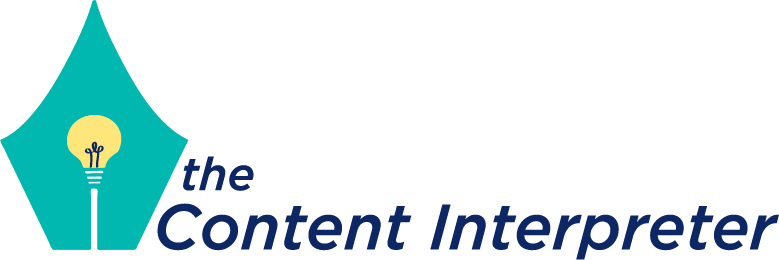One of the biggest inspirations for me this past week was listening to Celeste Headlee’s 2015 TEDx Talk on having better conversations.
I wrote a social media post that highlighted two of her ten ways for a having a better conversation that also work on stage. This prompted me to think about the differences between a conversation and the “dialogue” that a speaker has on stage with the audience. They’re not all that dissimilar.
The biggest insight from all 10 ways mentioned in Celeste’s talk is that being a better listener will make you a better conversationalist. This is difficult enough to achieve in a one-on-one chat, but how does it work with an audience full of people and when you’re the only one speaking?
At the risk of sounding esoteric, you have to “listen” to what they’re not saying. An audience will let you know what they think of your presentation as long as you ensure you’re receptive to their signals. How do you know you’re ready for receptivity?
Of all the techniques I’ve learned from years in Toastmasters and in client meetings, the pause is the most effective and useful tool in a speaker’s toolbox. I encourage clients to use them as a way of adding effect or building to a climactic moment. However, I believe they are far more useful in providing a check for you, the speaker.
As Celeste mentions in her talk, avoiding getting lost in the weeds is one of the ways to better conversations. The pause, on stage, is the best way to ensure that you’re staying on track. Even when you have a well-written speech, even on a teleprompter, it’s easy to allow your ad-libs to lead you away from your main point.
Even more effective? The pause allows you to take stock of how your message is landing in a single moment. Observe the audience - what is their reaction to what you’ve been saying? Have they even noticed that you’ve stopped? Unfortunately, technological distractions are abundant, even when the audience wants to hear from you, even when they have paid to see you. What can you do to draw their attention back to you?
For you, the speaker to believe that this actually works, let's dispel the big myth about how an audience perceives you when you use a pause. Unless it is very long pause (I’d say more than ten to fifteen seconds), the audience won’t think that you don’t know your subject or your story. They’ll take it as a cue that they should pay attention and be more likely to re-engage with your story. Therefore, the pause can be a great way to ensure that your speech takes on the narrative structure that it needs to succeed.
The bottom line is this: you can have better conversations with your audience. Use the pause to ensure that the audience listens to you, and more importantly, that you’re listening to them.

